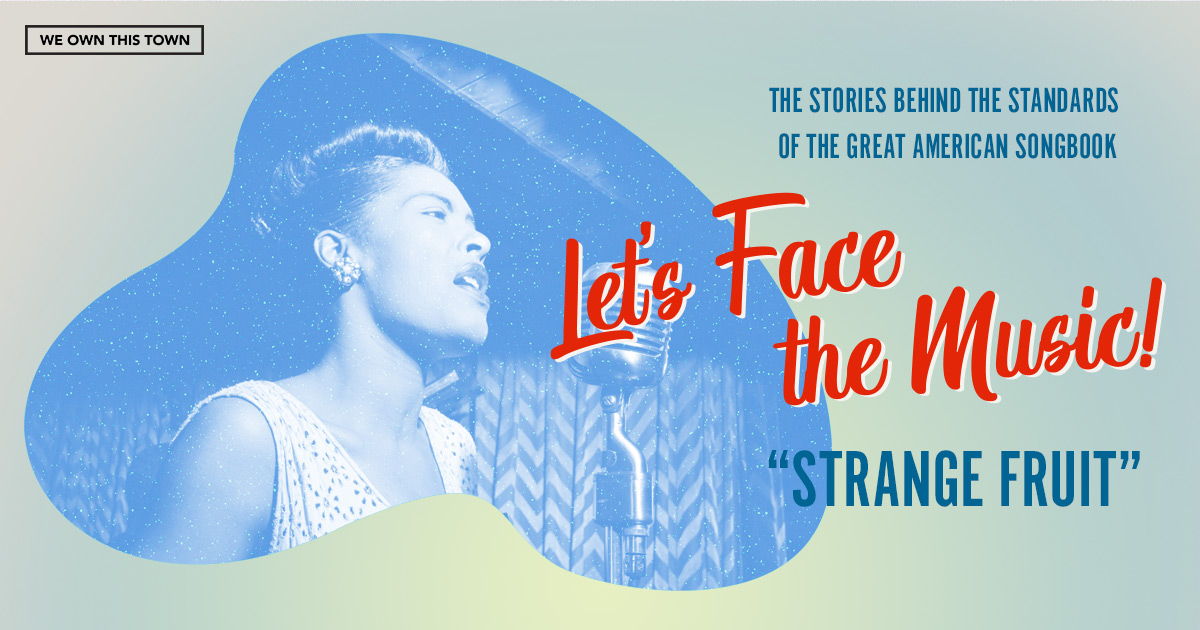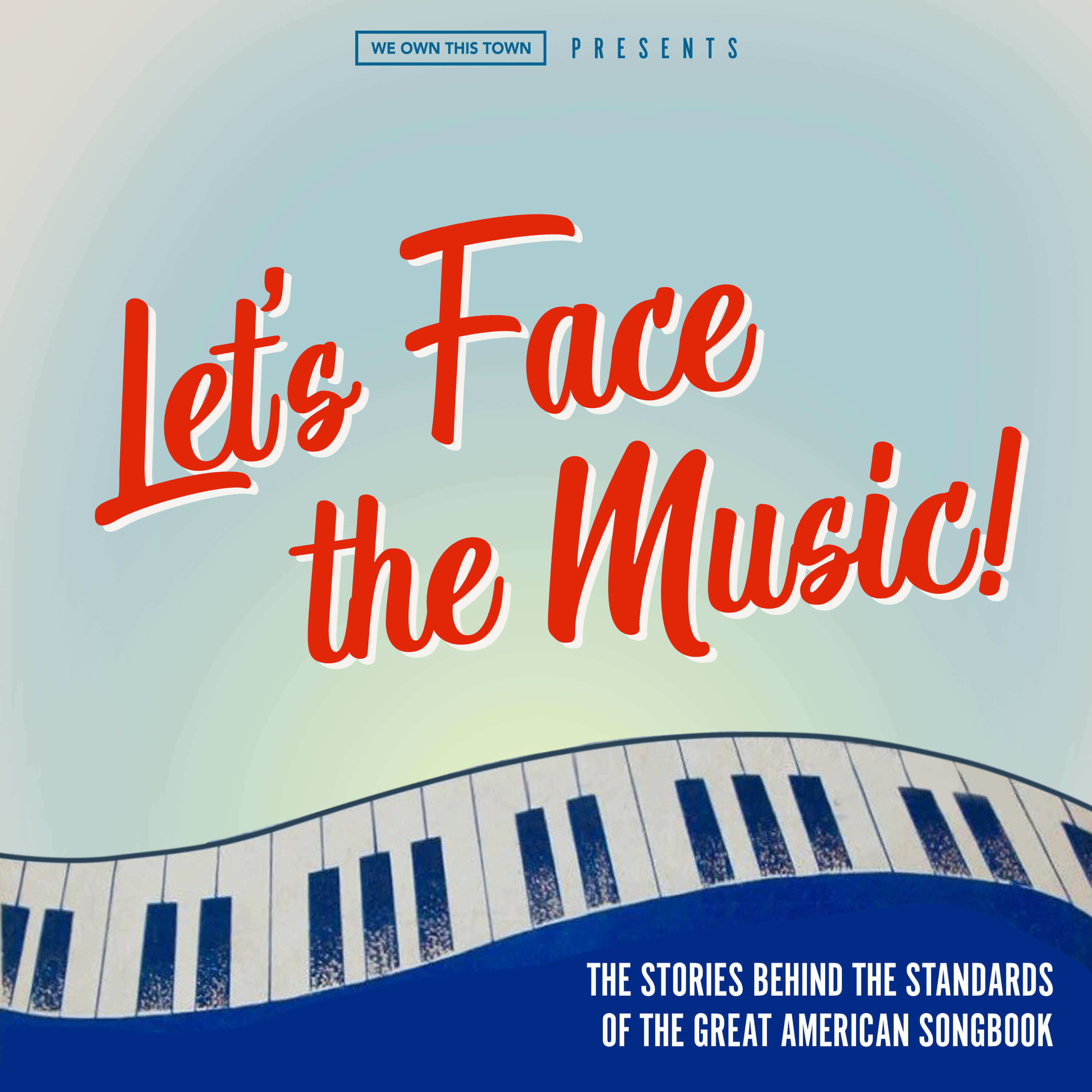Podcast: Download
Subscribe: RSS
What inspired a white Jewish schoolteacher to write a song depicting the horror and brutality of lynching in the 1930’s? And why did vocalist Billie Holiday choose such a polarizing song as the final number for so many of her concert appearances?
We will hear a powerful speech by a Vice-Presidential Candidate, memories from the son of the songwriter, and the voice talents of Nashville singer Kyshona Armstrong as we explore the story behind the song “Strange Fruit.”
Sources:
“Strange Fruit,” David Margolick, Vanity Fair, September 1998
“Strange Fruit: The First Great Protest Song,” Dorian Lynsky, The Guardian, February 2011
“Billie Holiday”s Label Wouldn”t Touch Strange Fruit,” Kat Eschner, Smithsonian Magazine, April 2017
“Strange Fruit,” Cary O”Dell, Library of Congress
“Strange Fruit,” Julia Blackburn, Library of Congress
Audio:
“Strange Fruit” Billie Holiday, 1939
“Strange Fruit (live),” Billie Holiday, 1945
“What A Little Moonlight Can Do,” Billie Holiday, 1949
“Apples Peaches & Cherries,” Peggy Lee, 1953
“Strange Fruit,” Billie Holiday, 1956
Strange Fruit, California Newsreel, 2002
Soul Music, BBC, Nov 2013
Democracy Now, January 2017
Loose Women, August 2017
The Life Of A Song, Financial Times, Nov 2017
Angela Davis, May 2019
Kamala Harris, June 2020
Theme Music:
“Let”s Face The Music And Dance,” Ella Fitzgerald, 1958
“Let”s Face The Music And Dance,” Nelson Riddle, 1966



